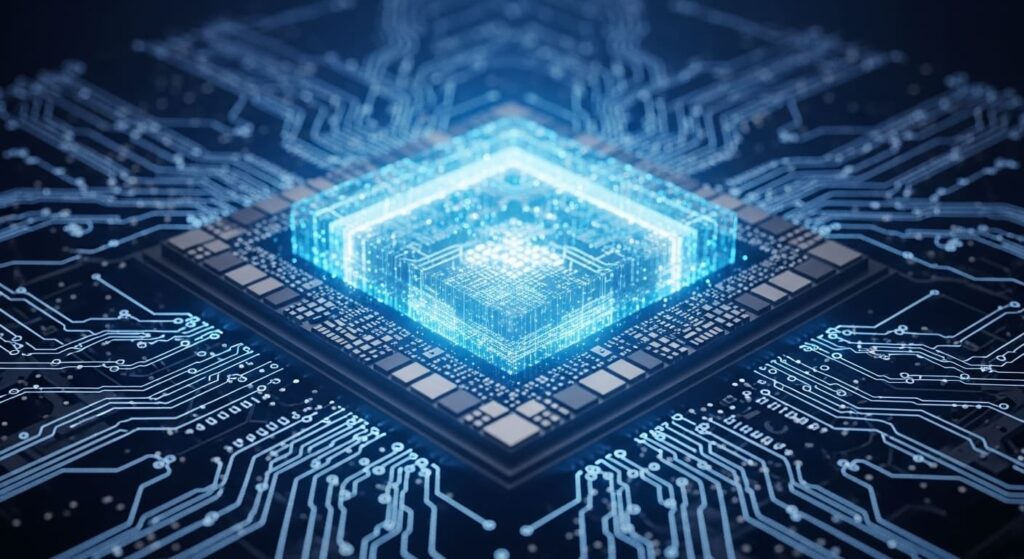BEYOND THE HYPE: WHERE DOES GENERATIVE AI GO AFTER THE CHATBOT CRAZE?
The rapid ascent of generative AI, particularly large language models powering conversational agents like ChatGPT, has captivated the world. From composing poetry to debugging code, these chatbots have demonstrated an astonishing ability to understand, generate, and manipulate human-like text, sparking both excitement and apprehension. But as the initial wave of fascination begins to settle, a crucial question emerges: Is this all there is? Is generative AI merely a sophisticated chatbot, or does its true potential lie far beyond these interactive interfaces?
The answer, emphatically, is that the chatbot craze is just the opening act. Generative AI is poised to redefine industries, reshape workforces, and unlock unprecedented avenues of creativity and innovation. Its future isn’t confined to dialogue boxes; it’s expanding into every conceivable domain where data can be transformed into novel outputs. Understanding this evolution is paramount for businesses, professionals, and individuals alike. This article will delve into the next frontiers of generative AI, explore the impending shifts in the job market – identifying both roles at risk and new opportunities – and outline the essential skills necessary to thrive in this AI-augmented future.
BEYOND CONVERSATION: THE EXPANDING FRONTIERS OF GENERATIVE AI
While chatbots have provided a highly visible and accessible demonstration of generative AI’s capabilities, the underlying technology is far more versatile. At its core, generative AI is about creating something new, whether that’s text, images, video, audio, code, or even molecular structures, based on patterns learned from vast datasets. The applications currently emerging, and those on the horizon, span virtually every sector imaginable.
Beyond crafting witty replies, generative AI is becoming a powerful “co-pilot” for human endeavors. In the creative industries, it’s not just writing articles; it’s designing bespoke marketing campaigns, generating unique architectural blueprints, composing original musical scores, and even producing realistic video footage from simple text prompts. Imagine a filmmaker generating entire scene backgrounds or character animations with a few descriptive words, or a game developer rapidly prototyping worlds and characters.
In scientific and technical fields, its impact is even more profound. Generative AI is accelerating drug discovery by predicting novel molecular compounds and their properties, potentially slashing years off research timelines. It’s revolutionizing material science by designing new alloys with specific characteristics for aerospace or electronics. Software development is undergoing a dramatic transformation, with AI generating complex code, suggesting optimizations, and even autonomously writing unit tests, freeing developers to focus on higher-level architectural challenges and innovation.
Manufacturing, design, finance, and even education are ripe for disruption. From personalized learning content tailored to individual student needs to automated financial report generation and predictive maintenance models for complex machinery, generative AI is moving from being a novelty to an indispensable tool for productivity, innovation, and strategic advantage. The future of generative AI is not just about human-computer interaction; it’s about human-AI collaboration on a grand, industrial scale.
THE SHIFTING LANDSCAPE: JOBS AT RISK
The advent of powerful AI technologies inevitably raises concerns about job displacement. It’s crucial to understand that AI doesn’t typically eliminate entire job categories overnight but rather automates specific tasks within those roles. The jobs most susceptible to significant change or reduction are those characterized by:
Specific examples of roles that are likely to see significant automation or require re-skilling include:
It’s important to frame this not as an immediate mass layoff scenario, but rather as an acceleration of existing automation trends. Many of these jobs will evolve, requiring humans to oversee AI, interpret its outputs, and handle exceptions, rather than perform the core repetitive tasks themselves.
THE EMERGENCE OF NEW HORIZONS: JOBS BEING CREATED BY AI
While some jobs face disruption, generative AI is simultaneously acting as a powerful engine for creating entirely new roles and expanding existing ones. These new opportunities arise from the need to build, manage, optimize, and ethically deploy AI systems, as well as leverage AI’s capabilities to drive innovation. These roles often require a blend of technical understanding and uniquely human skills.
Some of the burgeoning job categories include:
These roles underscore a fundamental shift: AI is not just replacing human labor; it’s elevating the kind of work humans do, focusing on higher-order tasks like strategic thinking, creative direction, ethical oversight, and complex problem-solving.
FUTURE-PROOFING YOUR CAREER: ESSENTIAL SKILLS IN THE AGE OF AI
In an era where AI can handle increasingly complex tasks, the skills that will differentiate and empower the human workforce are those that leverage our unique cognitive, emotional, and adaptive capabilities. Future-proofing your career is less about becoming an AI expert (unless that’s your chosen path) and more about becoming an expert *with* AI.
Here are the essential skills to cultivate:
These skills emphasize that the future of work is not about humans competing *against* AI, but rather humans collaborating *with* AI, leveraging each other’s strengths to achieve unprecedented outcomes.
CONCLUSION
The chatbot craze, while spectacular, is merely a prologue to the profound transformation generative AI promises. Its journey extends far beyond conversational interfaces, poised to revolutionize every industry from creative arts to scientific discovery. This evolution will undoubtedly reshape the employment landscape, automating repetitive tasks in some sectors while simultaneously catalyzing the creation of innovative, high-value roles that demand uniquely human attributes.
The key takeaway is clear: generative AI is not an existential threat to human labor but rather a powerful amplifier of human potential. The future belongs to those who embrace this technological shift, proactively cultivate skills that complement AI – particularly critical thinking, creativity, emotional intelligence, and adaptability – and learn to effectively collaborate with these intelligent tools. By focusing on what makes us uniquely human, we can navigate this exciting new era, not as passive observers, but as active shapers of a more productive, creative, and innovative world. The journey beyond the hype is just beginning, and it promises to be one of the most transformative periods in human history.

